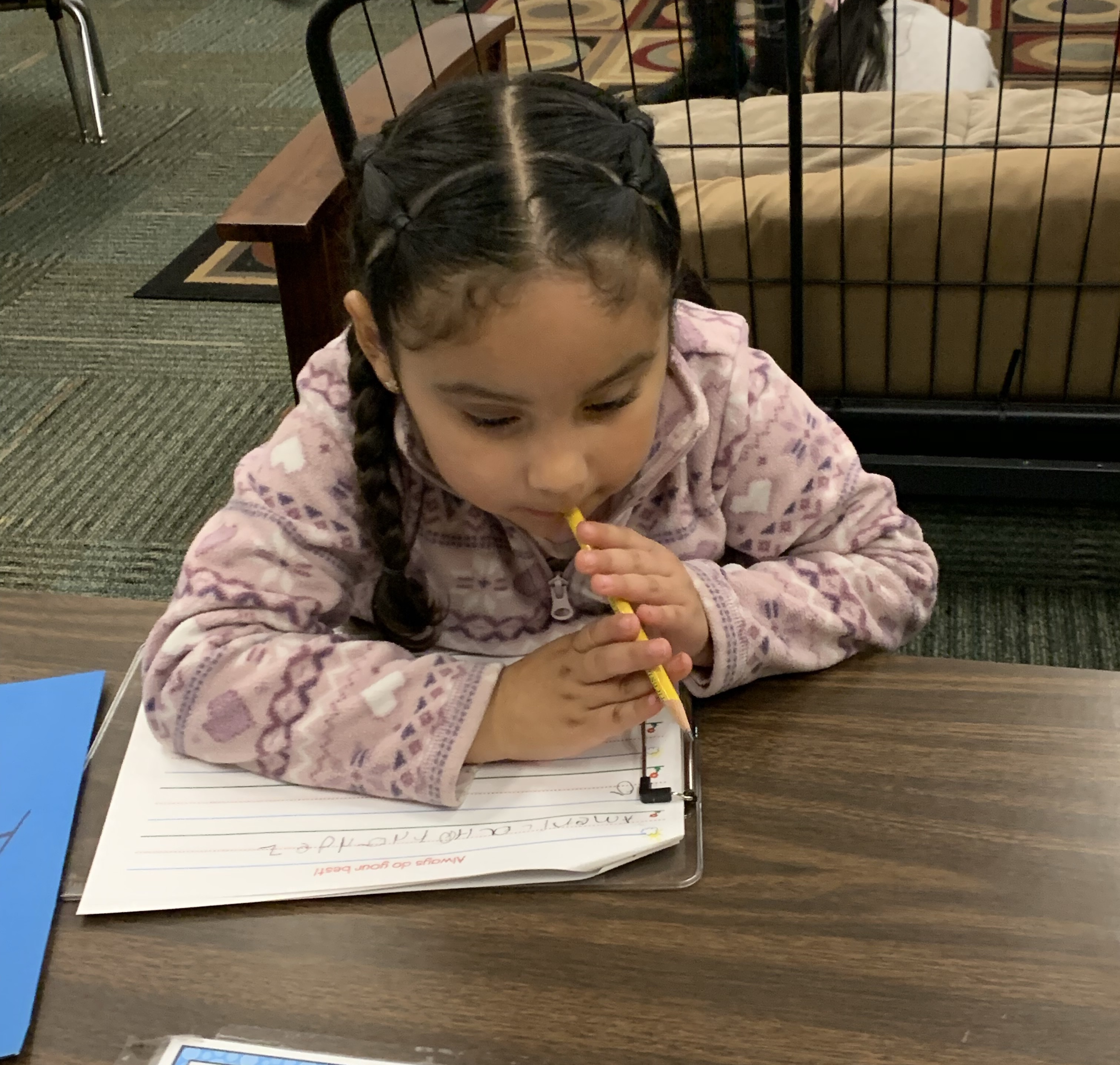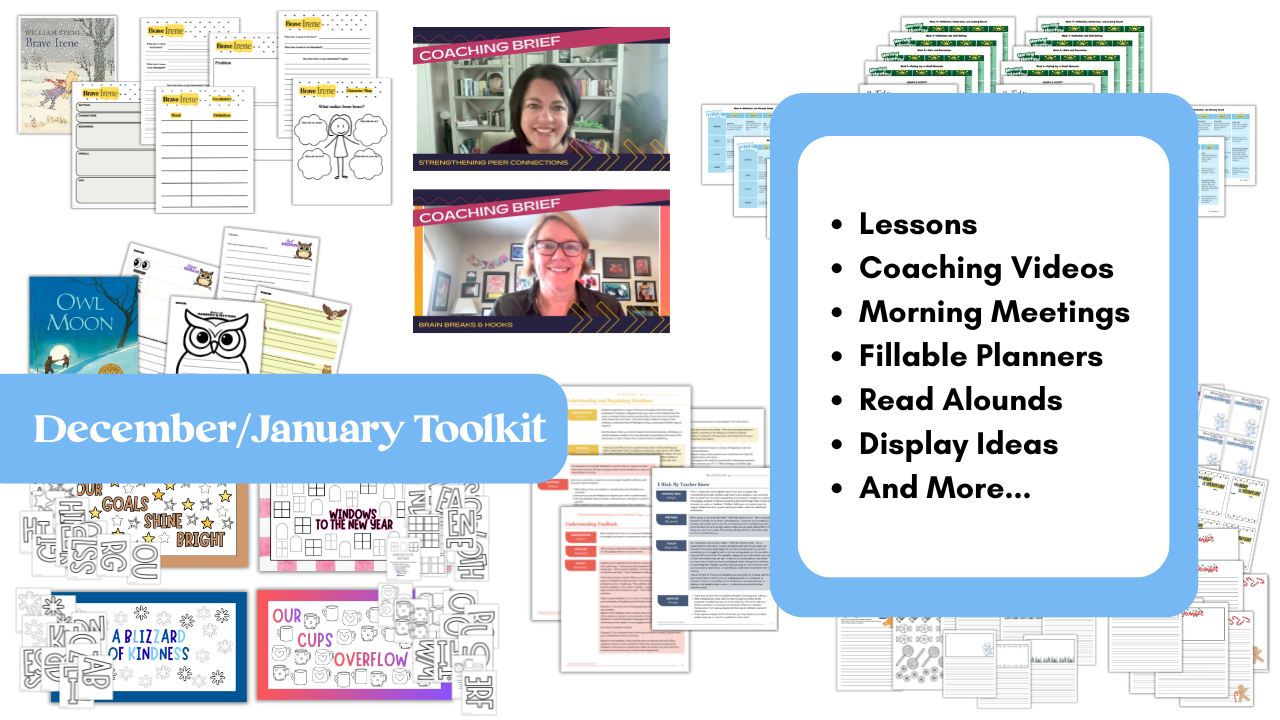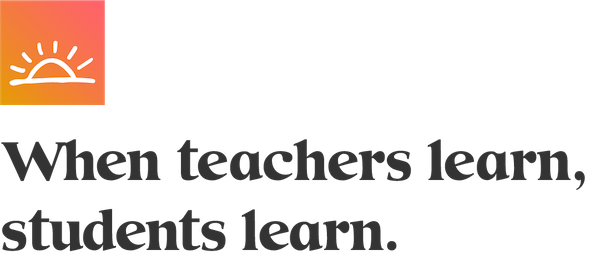
It’s easy to hand out work that keeps students quiet. But quiet doesn’t always mean learning. If we’re not careful, we can fall into the trap of assigning busywork instead of meaningful tasks that help students connect learning to life.
That’s where authentic application comes in. When students are given opportunities to apply what they’re learning in real-world ways, they’re more engaged, more motivated, and more likely to actually remember what they learned. Whether it’s writing for an audience, solving a real problem, or creating something meaningful, authentic work sticks—and that’s what our students deserve.
What the Research Says
John Hattie’s Visible Learning research reminds us that learning should be active, engaging, and purposeful. Authentic application plays a huge role in that. Here are a few key takeaways from the research:
- Student Engagement (Effect size: 0.48)
When students are emotionally and cognitively invested in their learning, achievement rises. Authentic tasks increase curiosity, ownership, and participation. - Deliberate Practice (Effect size: 0.79)
It's not just about doing more—it’s about doing with purpose. Authentic work gives students meaningful ways to practice skills with clear goals in mind. - Feedback (Effect size: 0.70)
Real-world tasks naturally open the door for feedback that’s specific, relevant, and impactful. When students care about the work, they care about improving it. - Project-Based Learning (Effect size: ~0.50–0.75)
While not one single effect size, PBL is supported throughout Hattie's work as a high-impact practice—especially when paired with teacher clarity and strong guidance. - Teacher Clarity (Effect size: 0.84)
Authentic learning doesn’t mean unstructured. In fact, students need clear expectations and learning goals to transfer their knowledge into new and complex contexts.
Why It Matters
Think about the kind of learning that lasts. It’s not the worksheet from last Tuesday. It’s the podcast they produced, the classroom debate they prepped for, or the letter they wrote to the school board. These are the experiences that help students understand why what they’re learning matters.
Authentic application helps students:
- See the relevance of what they’re learning
- Develop real-world skills like critical thinking, communication, and collaboration
- Reflect on their growth and take pride in their work
- Transfer knowledge to new and unfamiliar situations
How to Make It Happen
You don’t need a full-blown project to make learning authentic. Start small:
- Ask students to solve a problem they care about.
- Give writing assignments real audiences—like letters, blog posts, or reviews.
- Use classroom simulations or role-play.
- Invite students to design or build something with purpose.
- Let them reflect on how they’d use a concept outside of school.
The key? Make sure the learning is relevant, the goals are clear, and the feedback is meaningful. When we do that, we’re not just keeping students busy, we’re helping them build skills and confidence that go way beyond the classroom.




